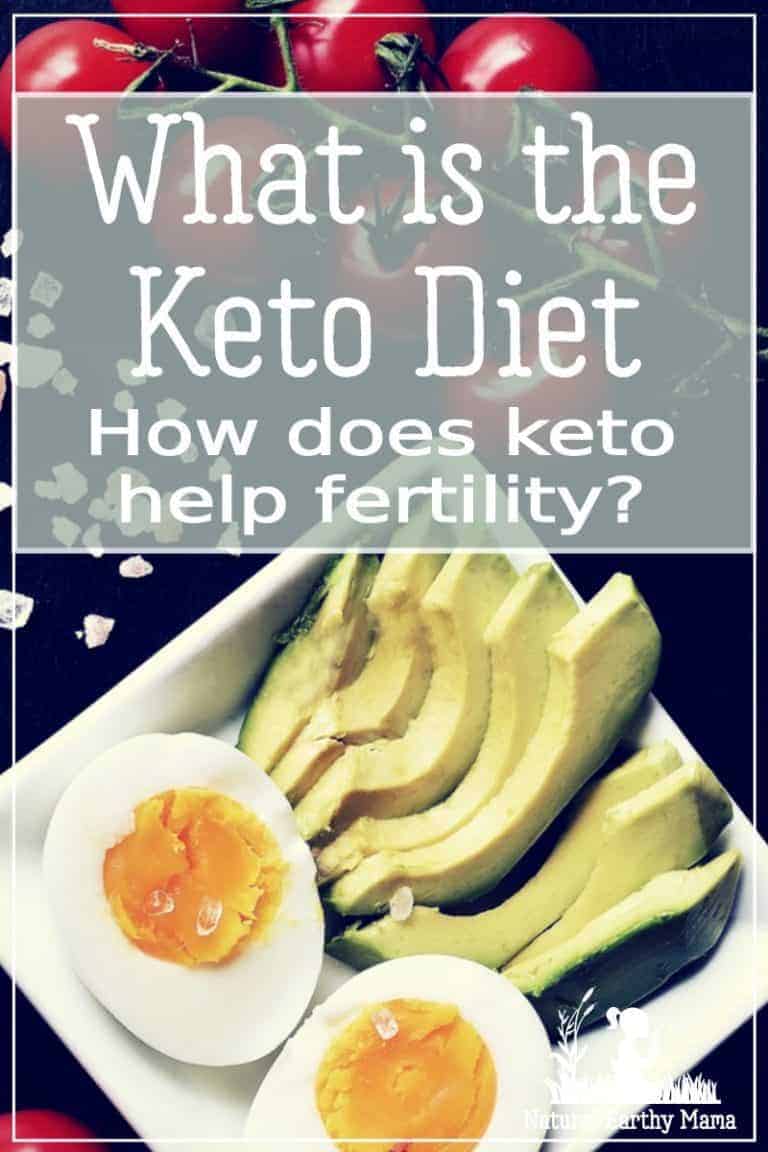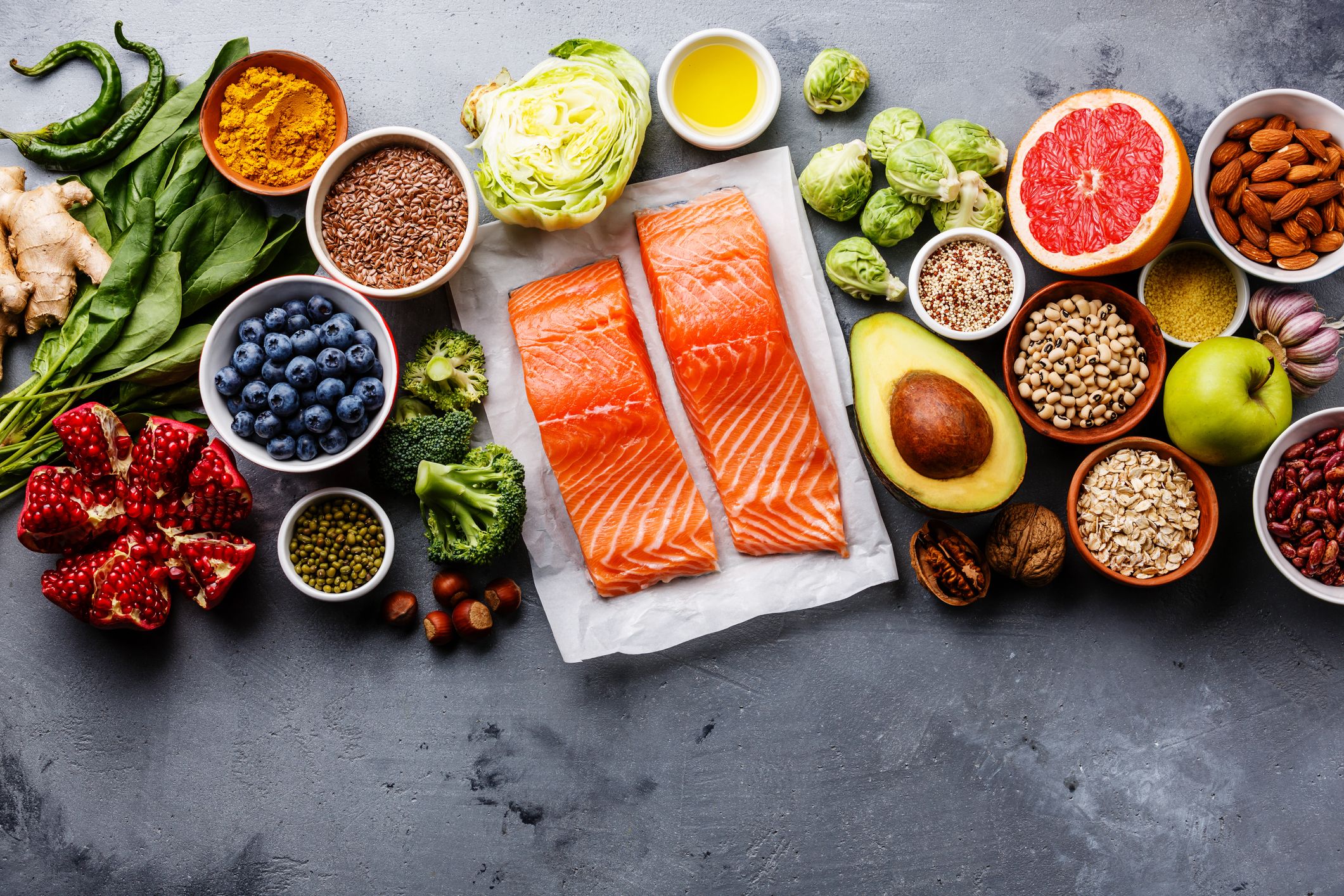

Meat: Steak, red meat, chicken, sausage, bacon, turkey, ham.So, if you want to adopt a ketogenic diet the basic rule is to eat foods that are rich in fats and protein, like these: Check labels to make sure your intake adds up to what you need throughout the day. Most people need about 30g of fibre per day. Example of low carb, high fibre foods are things like flax seeds, almonds, broccoli, avocados, cauliflower and blackberries. Just make sure you’re adding enough fibre to keep your digestion healthy. Some aspects of the keto diet can promote good gut health, like the elimination of processed carbs. In a study into the effects of carb intake on exercise, those on a ketogenic diet tended to have ‘extremely high levels of fat oxidation’ during marathon running… In simpler terms, they became fat-burning machines and showed no more fatigue than runners on high-carb diets. Keto diets have been shown to raise ‘good’ cholesterol, balance blood sugar levels and lower blood pressure readings. Low-carb diets are found to burn visceral fat very effectively.

Something that’s particularly harmful is visceral fat – that’s the stuff stored around your abdomen that can lead to high inflammation levels, as it’s lodged around your vital organs.


You may have heard that not all fat is the same. But after six months on a keto diet, the weight can start creeping back on as people revert to their old ways of eating. Some studies that keto diets help people lose weight rapidly through a combination of water loss and fat burn. Shed the poundsĬutting carbs is a great weight-loss strategy. There are lots of benefits to “doing keto” 1. In a ketosis state, your brain will use a combination of ketones (produced in the liver from fat) and glucose (either from the small concentration of your diet that is carbs, or by metabolising proteins via a process known as gluconeogenesis). The only part of the body that still requires glucose is your brain. Making your body run almost entirely on fat helps make your fat stores more easily accessible, and therefore easier to burn off. Switching the type of fuel your body burns is designed to reduce insulin levels and increase fat burn. These carbs quickly turn to glucose, causing your blood sugar levels to spike then plummet. Generally, it’s best to avoid foods higher on the GI scale like white bread, basmati rice and sugar. Outside of overeating, the main reasons people gain weight are because they regularly consume too much sugary, calorie-dense foods, like sweets and chocolate, or eat high-GI carbohydrates with a high Glycaemic Index (GI), such as white bread and crisps. So, it is possible to gain weight eating only broccoli… although you’d have to eat 10kg of it per day! Regularly consuming too many calories makes you gain weight, no matter what that food consists of. But wait, won’t high-fat foods make me gain weight? Your blood sugar levels get lower and your liver turns fat into something called ketones.ĭuring this process, you become very efficient at converting fuel into energy, shifting the body’s metabolism away from carbs and towards burning fat and ketones. This carb reduction puts your body into a metabolic state called ketosis. What is the ketogenic diet?Ī ketogenic diet involves reducing the amount of carbohydrates you eat and replacing them with fat. 💡 Discuss major dietary changes with your GP, particularly if you have a long-term condition or are on medication. So what is it and would it work for you? Here’s our beginner’s guide to help you better understand what exactly ‘doing keto’ is. You may have also heard it called the ‘low-carb, high-fat’ diet. Increasing numbers of people are adopting a Ketogenic or Keto diet.


 0 kommentar(er)
0 kommentar(er)
